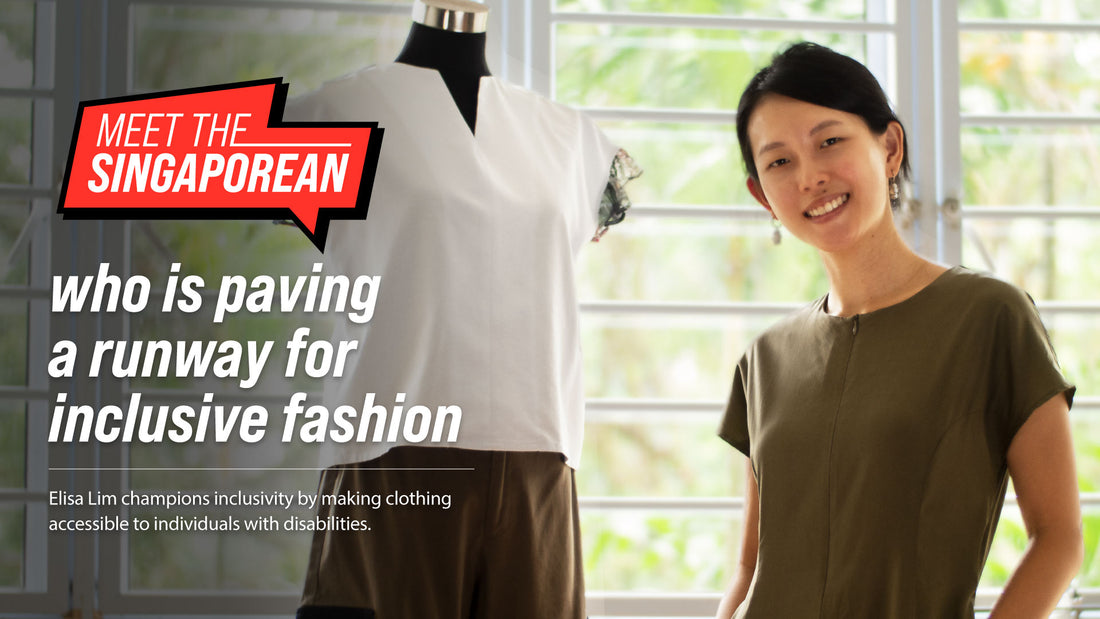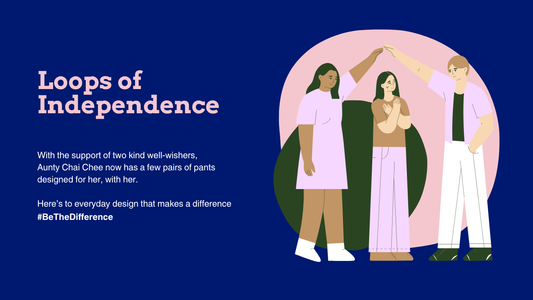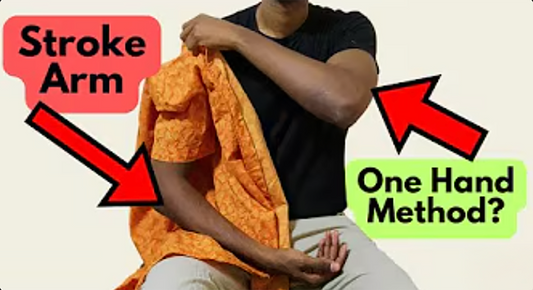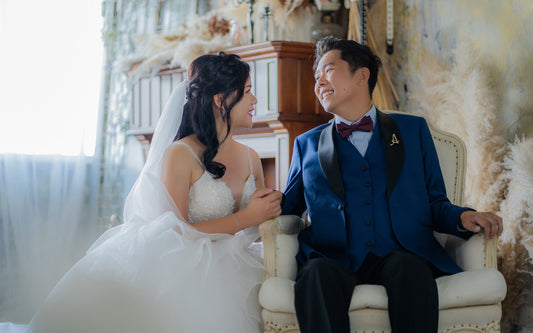
Meet the Singaporean - Elisa Lim | gov.sg
Struggling with awkward back zips and complex buttons are common dress-up woes for many. Such challenges are even more pronounced for individuals with disabilities.
In 2017, Elisa Lim founded a fashion line that revolutionises clothing for individuals with disabilities. Their philosophy? Functional and inclusive fashion that embraces diversity, is easy to wear, and most importantly – has features to meet needs, not complicate them.
An introduction to inclusive fashion
Elisa’s journey started in her final diploma year, when she helped a doctor design clothes for his disabled and bedridden patients. At that time, Elisa had zero experience. “I took an intuitive approach, since this was an audience I had never worked with before,” she recalls. She observed and took time to understand the challenges faced by patients and caregivers, then addressed them through her designs.

Photo by Type A
Even when pursuing her degree in Fashion Design and Textiles, inclusive fashion was never far from Elisa’s mind. For her final year project (FYP), she designed inclusive fashion pieces that could be worn by both wheelchair users and able-bodied individuals. These outfits were later presented in a one-of-a-kind runway show, with both wheelchair-bound individuals and runway models taking the stage.
“I spent my university years trying to see whether this was a market gap. With the success of my FYP, it became clear that there was potential and I could devote more time and resources in this area.”

Photo by Type A
Elisa then decided to turn her project into a full-fledged business. But it was not easy at the start as she was a novice at starting a business in a relatively new industry. It took guts to step out of her comfort zone and seek help from others; eventually, she was able to get the business up and running.
Today, she runs her business with a team of like-minded individuals who are passionate about helping those with disabilities. “It took many years for us to come to where we are today,” says Elisa. “I would not have been able to do it without my team.”
Designing ready-to-wear and custom creations
Back-facing zips and buttons on shirts can be challenging for individuals with disabilities. Elisa’s functional designs include special features such as front-sided slits, open-ended zippers or magnetic buttons. These features make dressing up a much simpler process for those with physical disabilities.But it is not always a one-size-fits-all situation. There are times when Elisa has to customise clothing for a client’s needs. On one occasion, a boy with autism needed help with his thick and stiff school uniform. It was uncomfortable and made it difficult for him to concentrate during lessons. To solve this, Elisa recreated his school uniform using a different fabric and finish, which better suited his sensory needs.

Photo by Type A
Driven by the meaning behind her work, Elisa takes extra time and care to listen to her clients, to better understand their lifestyles, needs and challenges. “We do our best to translate these into a garment or product that solves their problem,” she says. “At the end of the day, we want to give our customers – particularly people with disabilities – a sense of dignity, independence, and hope. Having clothing that meets their specific needs is also a big source of support to their caregivers who help them dress day in day out.”
Being a champion for inclusivity
Elisa is now looking to bring her clothes to a larger audience overseas. “We recognise the needs [of disabled individuals] around the world, and we aspire to address more dressing challenges out there,” she affirms.
With this, Elisa hopes that more industries can take the step towards becoming more inclusive. “We hope for more people to come on board with a similar design philosophy, so that more needs can be met.”

Photo by Type A
As individuals, how else can we champion inclusivity? "Being inclusive is about being mindful and intentional about the way that we approach individuals with disabilities,” Elisa explains. “We can take that first step to approach them and understand their needs. We should also be mindful about the possible unintended consequences of our actions, and how these might impact others.”
– Elisa Lim, 29, founder of Will & Well
–



